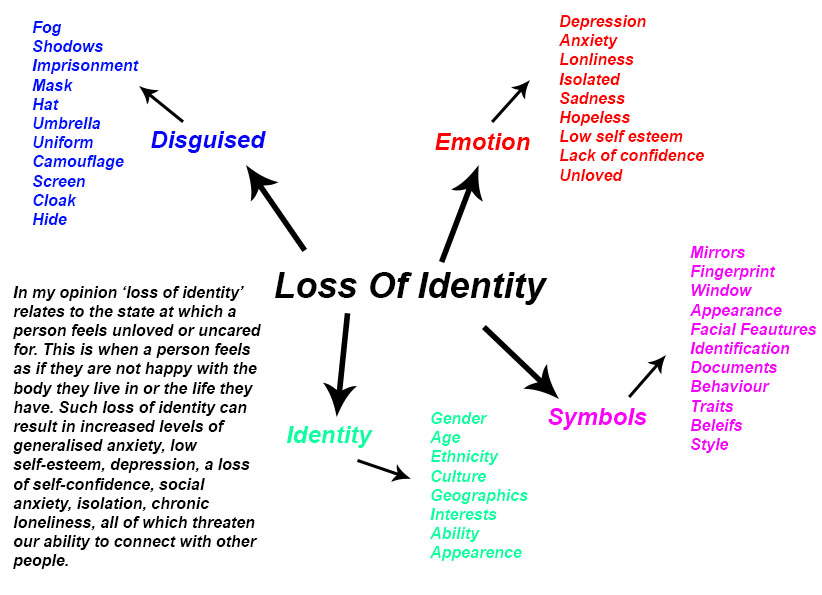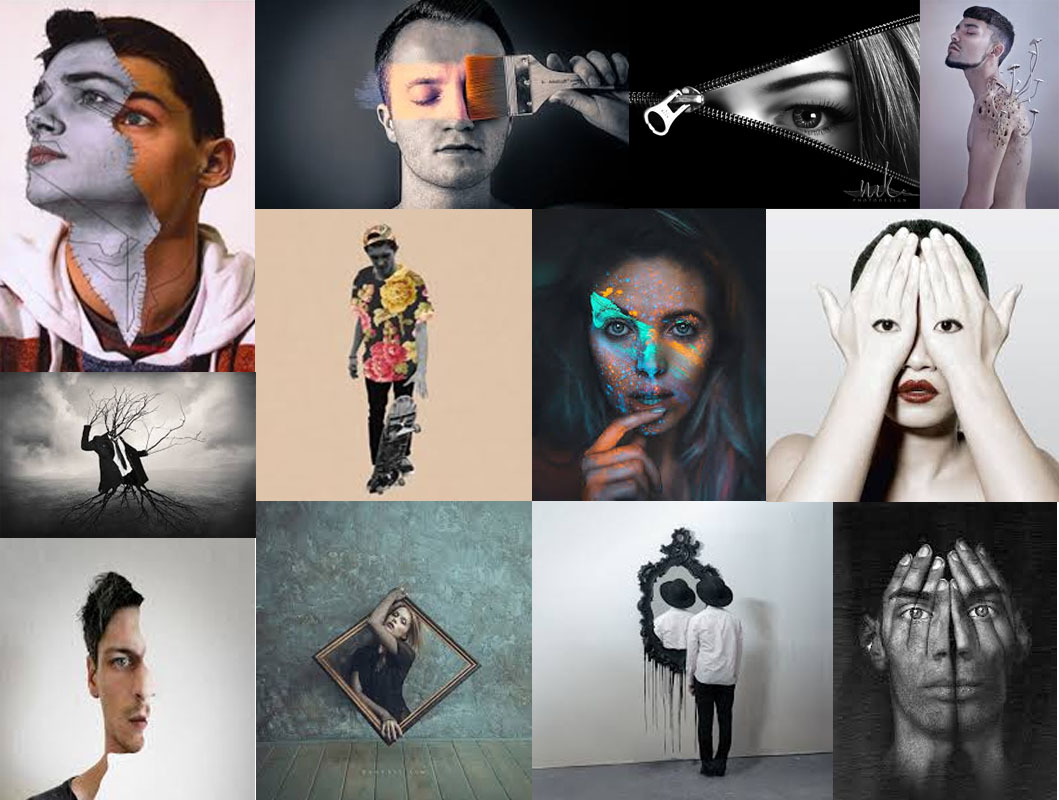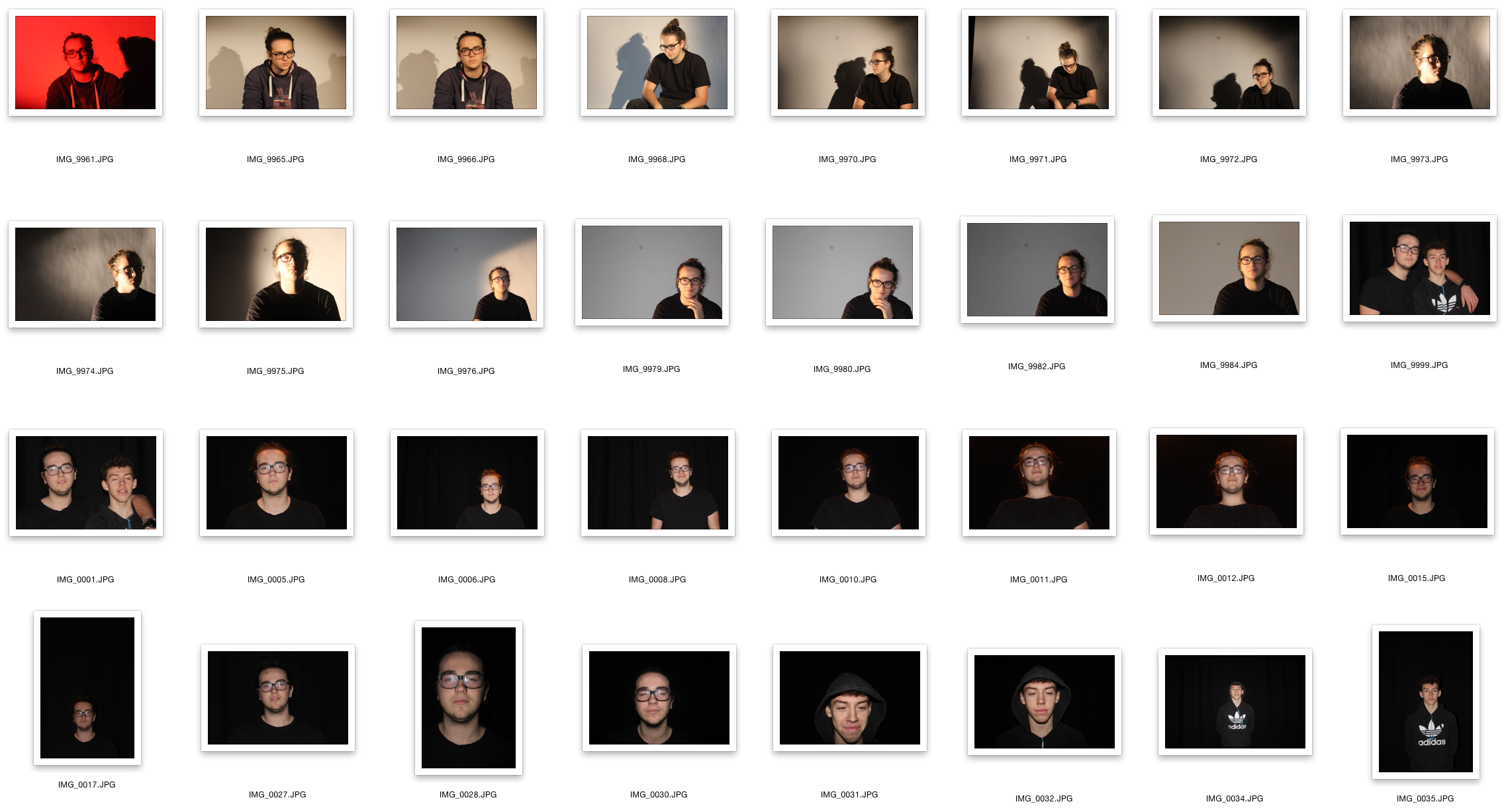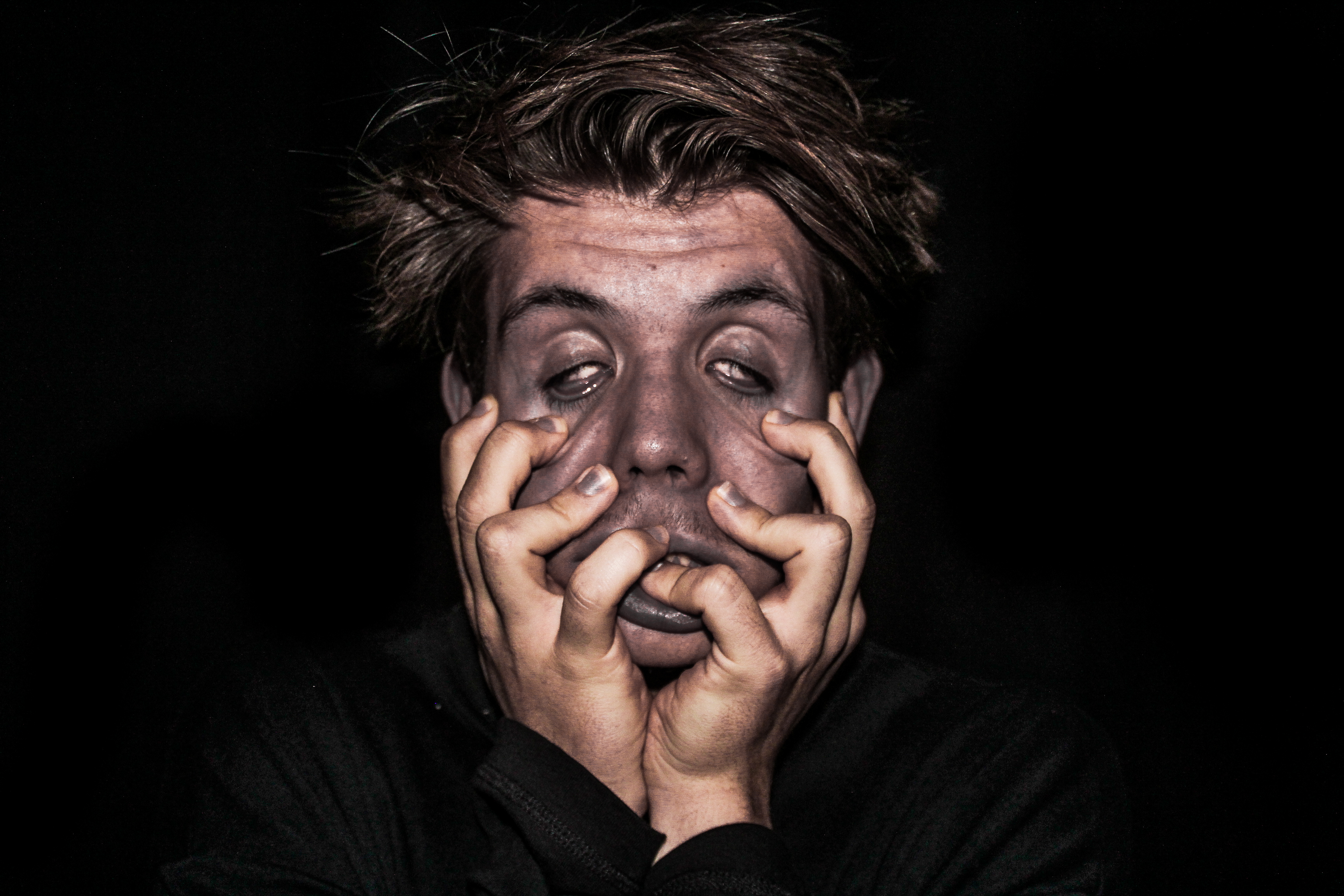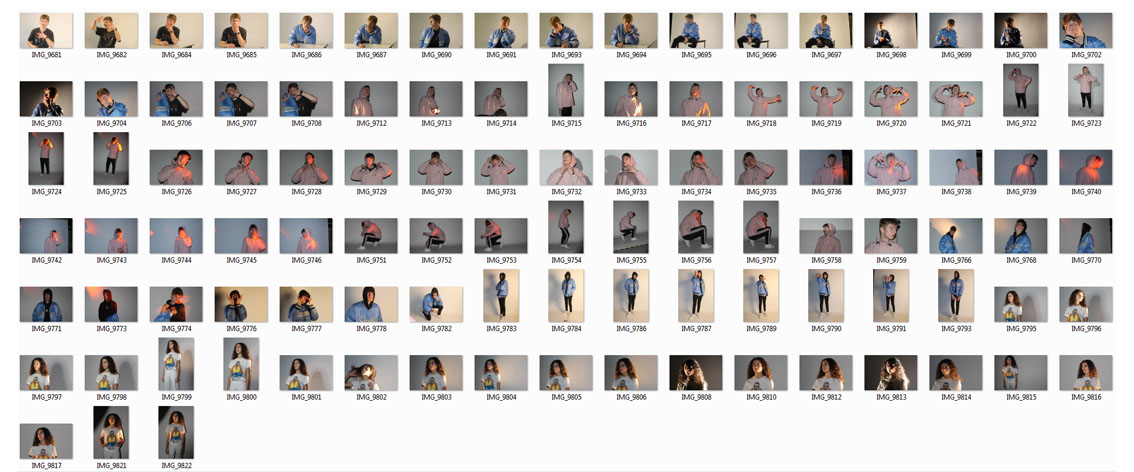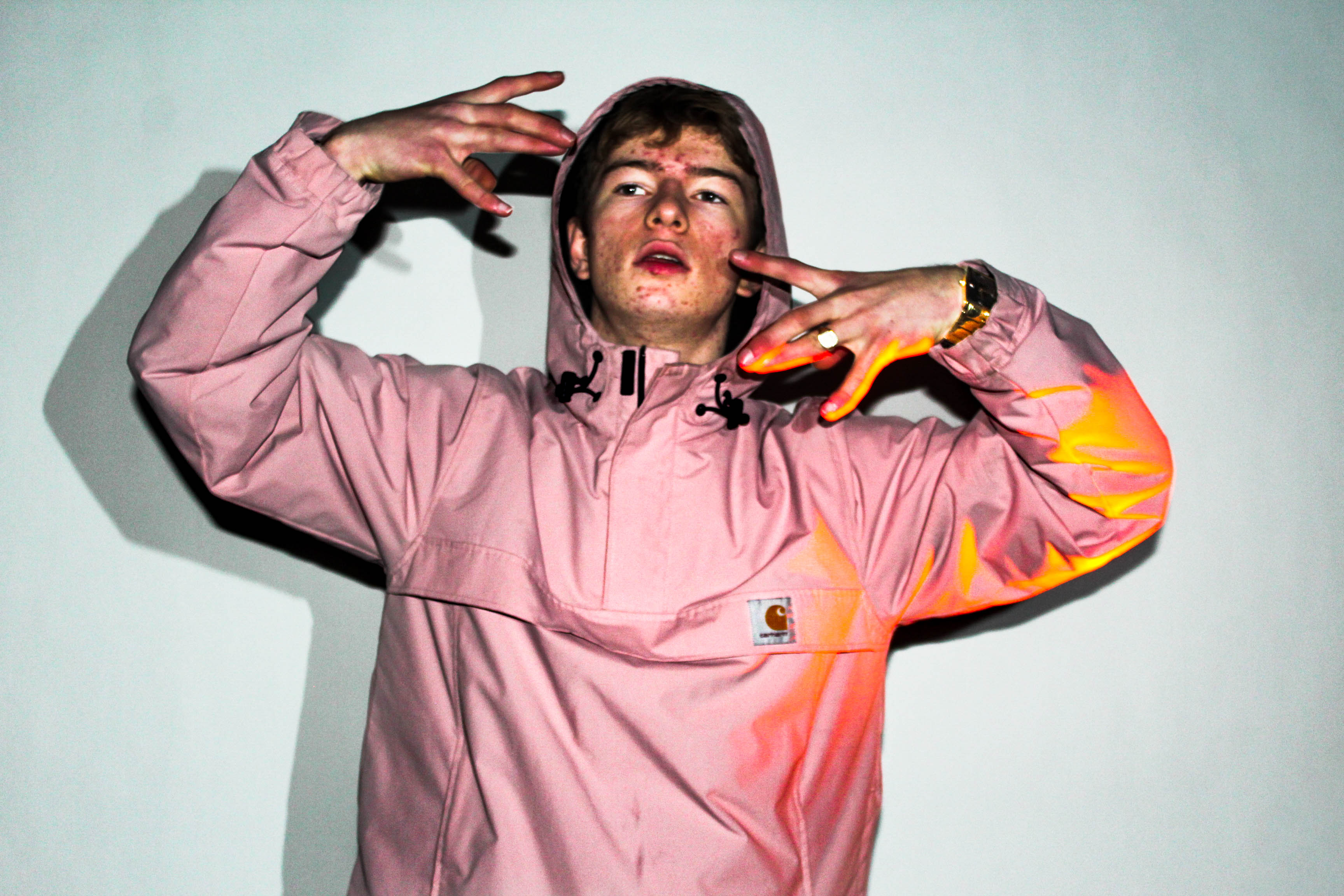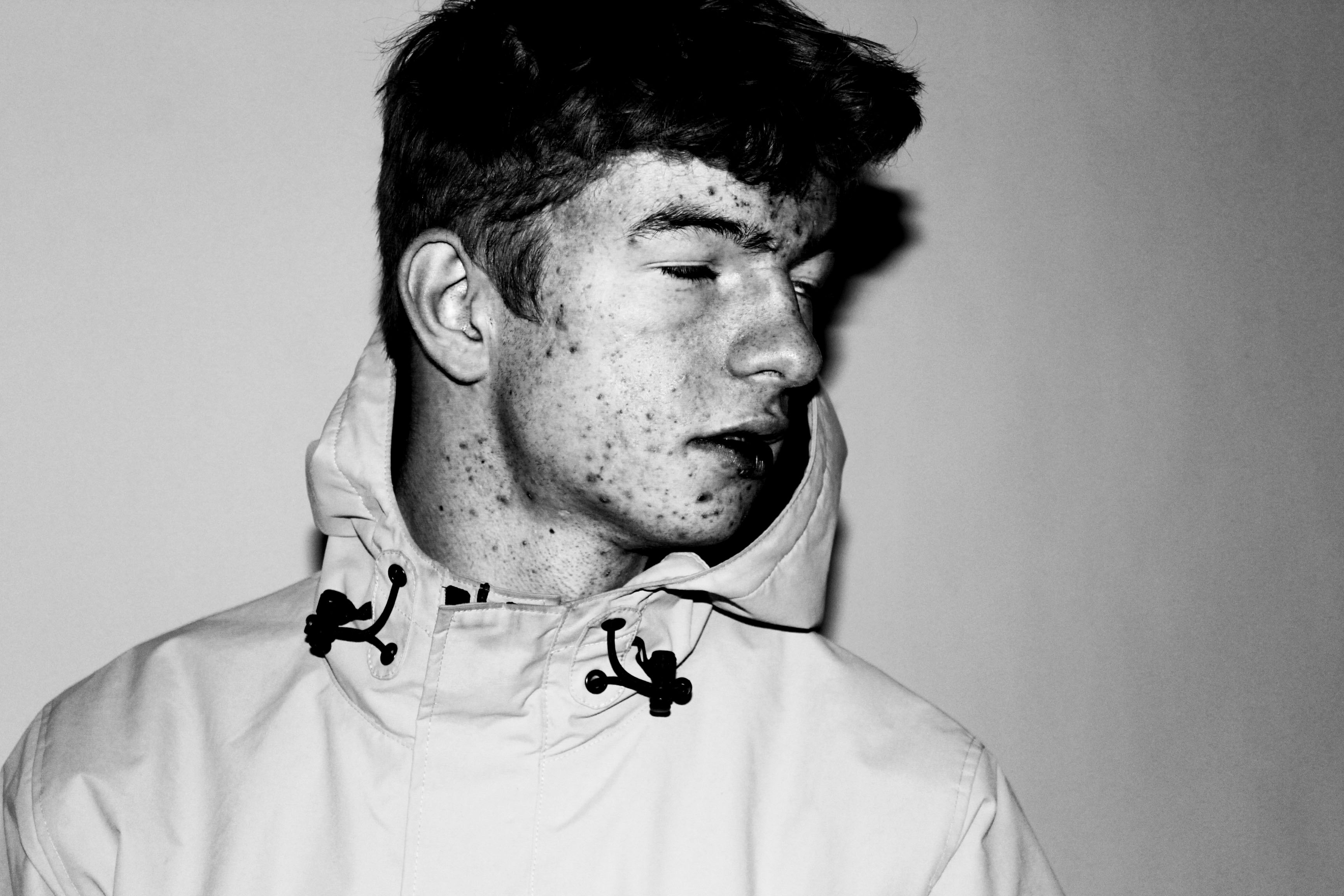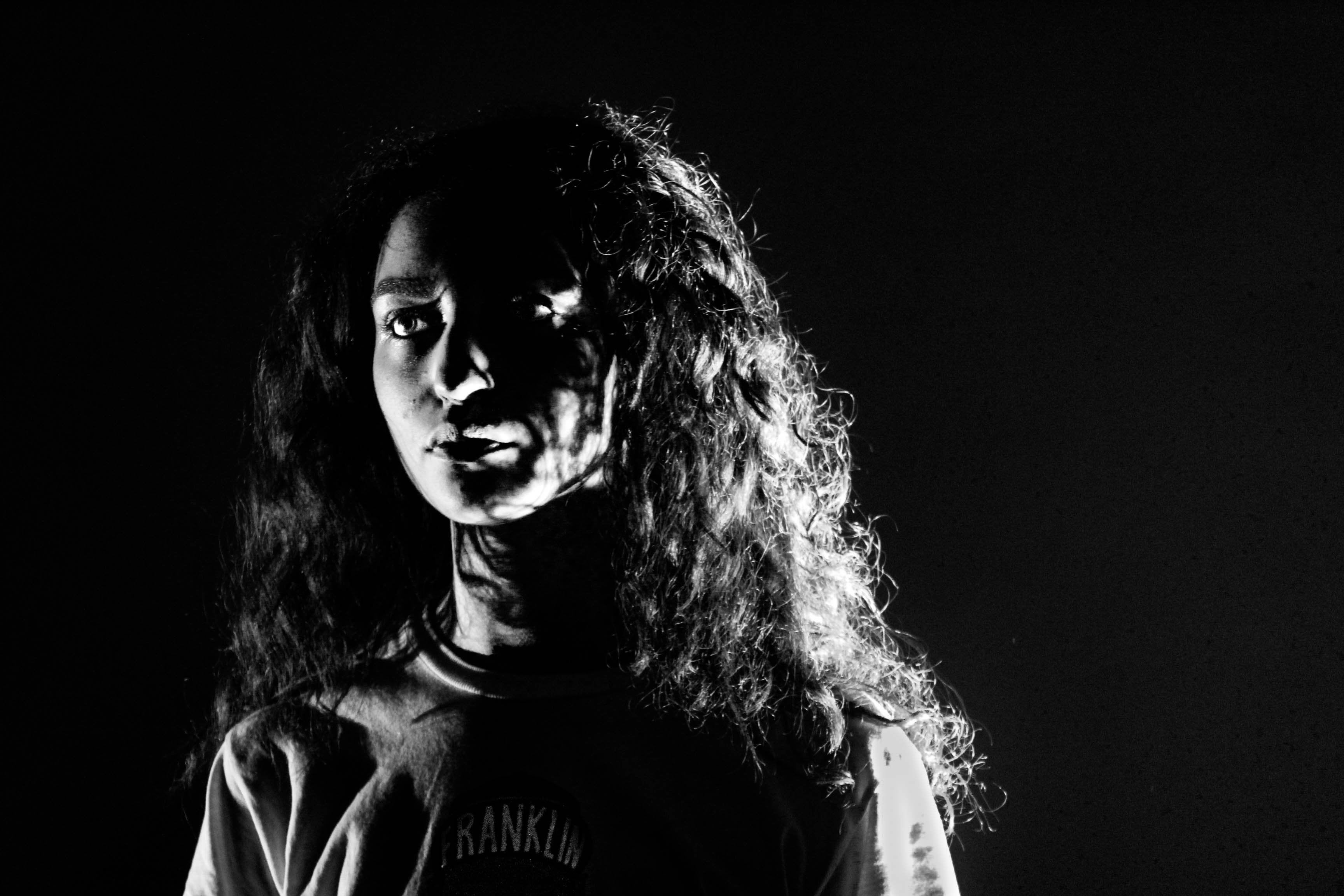I chose the theme of ‘lack of identity’ purely due to the fact of the creativity involved with this theme which i believe will be the most interesting to further look at. It also will allow me to manipulate my images on photoshop to create mesmerising illusions and serial photographs.
Photoshoot 1
For my first photoshoot I intend to focus on the deep feelings that people are experiencing in connection with losing their identity. Identity can be formed from the labels we place upon ourselves, the roles we undertake, the activities we complete and many other factors. In our judgmental and unaccepting society, people are often too embarrassed to express their identity or feel as if they cannot do so after being previously bullied for their personal traits. This process is what I personally define as ‘loss of identity’. Such loss of identity can result in increased levels of generalised anxiety, low self-esteem, depression, a loss of self-confidence, social anxiety, isolation, all of which threaten our ability to connect with other people. These unwanted feelings are the feelings which I intend to portray through my work to create an awareness of this serious issue that is dominating some peoples lives.
This idea will be achieved using photoshop to digitally manipulate my images to achieve these feelings. There will be no need for developing my pictures once printed with this idea because the edits will be effective enough to engage and attract viewers.
Photoshoot 2
This photo shoot will involve taking simple portrait photos and incorporating a sense of color within the images to contrast with the model that I will stage to appear saddened by a loss of their identity. I believe that including these vibrant and bold colors which are associated with happiness will strongly contrast and show that there are positives even when a person feels as if they are worthless. The bright colors will symbolize this sense of involvement and loving nature that is within our society. I believe that within this photo shoot I will be able to develop images that can have a positive impact on people with such things as depression which is related with a lack of identity.
Photoshoot 3
For my third photo shoot I have in mind to use mirrors. I want to have a photo shoot incorporating mirrors as they are the symbolic object of identity and obviously reflect our identity. I can use mirrors to create illusions in the way that when a person looks into a mirror I can manipulate it to reflect something different which relates to their feelings and thoughts. Another idea with the use of mirrors would be to take photos of mirrors in locations however have no people within the image to indicate a sense of worthlessness as the viewer is looking into a mirror with no reflection of a person. The background will relate to a feeling of isolation which people feel when they have lost their identity for example an open rural area.





